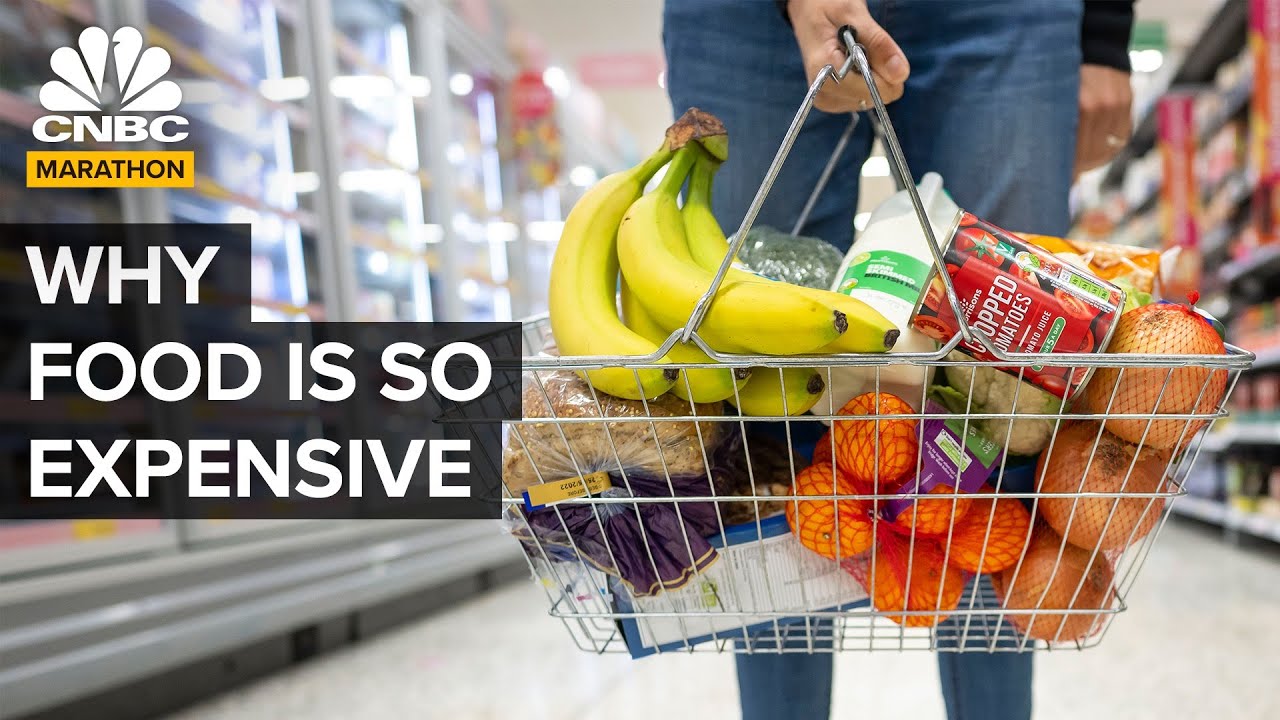Fair food is expensive due to factors such as higher operation costs, logistics, seasonal employment, and equipment maintenance. These events have increased expenses, resulting in higher prices for food.
Reason 1: Limited Availability Of Ingredients
Fair food is expensive for several reasons, with limited availability of ingredients being one of them. During the fair season, there is a high demand for specific ingredients, resulting in a limited supply. This limited supply leads to increased prices for those ingredients.
Additionally, the logistics of sourcing and transporting ingredients to fairgrounds can also contribute to the higher costs. Fair food vendors often need to incur additional expenses for operation, logistics, seasonal employment, and equipment maintenance, further driving up the overall cost.
All these factors combined contribute to the higher prices of fair food.
Reason 2: Seasonal And Local Sourcing
Fair food is often sourced locally and seasonally, which can contribute to higher costs. In order to provide fresh and high-quality ingredients, fair vendors rely on local farmers and suppliers. This means that when certain fruits, vegetables, or other ingredients are out of season, they may need to be sourced from farther away or even imported, which increases transportation and logistics costs.
Additionally, seasonal fluctuations in pricing can also impact the cost of fair food. When certain ingredients are in high demand or short supply, their prices can skyrocket, leading to higher costs for fair vendors. However, despite the higher prices, many fair-goers are willing to pay for the unique and delicious fair food experience.
Reason 3: Operational Costs
Fair food is expensive because vendors have to cover high operational costs, including rent, utilities, permits, and maintenance. These costs add up and contribute to the overall price of the food sold at fairs. Additionally, fairs and festivals often require vendors to hire seasonal employees, which can further increase their expenses.
Moreover, the logistics involved in transporting the food to the fairgrounds also come with a price tag. All of these factors combined result in higher prices for fair food. As a consumer, it’s important to be aware of these costs and factor them into your budget when indulging in fair treats.

Credit: baylorlariat.com
Reason 4: Labor And Staffing Expenses
Fair food is expensive due to labor and staffing expenses. Fair food vendors require extra staff during events, leading to seasonal employment and higher wages. These additional costs contribute to the overall expenses of fair food.
Reason 5: Transportation And Logistics
Fair food is expensive because of the high costs associated with transportation and logistics. Fair food vendors have to transport their equipment and ingredients to the event which incurs additional expenses. They need to consider the fuel costs, maintenance of vehicles, and other logistical challenges that come with transporting their goods.
These costs get passed on to the consumers, making fair food more expensive. Additionally, fair food vendors often have to source their ingredients from local suppliers, which can be more expensive than buying in bulk from wholesalers. These factors contribute to the higher prices of fair food compared to regular food options.
Reason 6: Limited Time Frame And Demand
Fair food is expensive because fairs and festivals have a limited duration, causing a high demand within a short period. Due to this limited time frame and demand, vendors need to make enough profit in a short amount of time, leading to higher prices.
Additionally, the costs for operation, logistics, seasonal employment, and equipment maintenance also contribute to the higher prices. Fair food can be indulgent and unhealthy, with deep-fried foods and sugary treats that can skyrocket your daily intake of calories, sugar, and fat.
It’s important to be mindful of the foods you consume, especially if you’re on a strict diet. Overall, the combination of limited time frame, high demand, and additional costs result in fair food being more expensive.
Reason 7: Quality And Specialty Ingredients
Fair food can be expensive for a variety of reasons, one of which is the use of quality and specialty ingredients. These ingredients often come at a higher cost due to their sourcing and limited availability. Fair foods strive to offer unique flavors and experiences to attract visitors, which requires using these high-quality ingredients.
Additionally, the logistics of transporting and storing these ingredients can also contribute to their higher cost. Fair organizers must ensure that these ingredients are fresh and of the highest quality to deliver a memorable culinary experience. While this may result in higher prices for fair food, it is important to note that the use of quality and specialty ingredients adds value and enhances the overall dining experience for attendees.
Reason 8: Safety And Health Regulations
Fair food is expensive due to the strict safety and health regulations that vendors must comply with. These regulations increase the costs associated with operating at fairs and festivals. Vendors are required to meet certain standards in order to ensure the safety and well-being of consumers.
This includes maintaining proper food handling practices, keeping equipment clean and sanitized, and adhering to health inspections. Implementing these regulations requires additional resources, such as hiring trained staff and investing in high-quality equipment. All of these factors contribute to the higher cost of fair food compared to regular food establishments.
However, these measures are necessary to protect the public and maintain a safe and enjoyable experience for fairgoers.
Reason 9: Entertainment Value
Fair food prices reflect the overall entertainment value of the event, and consumers are willing to pay more for the experience. The excitement and atmosphere of a fair or festival contribute to the value that people place on the food available.
Being surrounded by games, rides, and live entertainment adds to the overall enjoyment and makes the food seem more special. Additionally, the costs associated with operating a fair, including logistics, seasonal employment, and equipment maintenance, contribute to the higher prices of the food.
Fair food vendors also have to purchase supplies and ingredients in bulk, which can drive up costs. While fair food may be more expensive than what you would find elsewhere, it is part of the overall experience and something that many people are willing to indulge in.
Reason 10: Fair Food As A Business
Fair food can be expensive due to its nature as a business. Vendors at fairs and festivals operate to make a profit, just like any other business. This means they need to cover their expenses and generate revenue. Higher prices help in covering the costs of operation, logistics, seasonal employment, and equipment maintenance.
Additionally, fair food events are often limited to specific times of the year, making them seasonal and adding to the overall costs. All of these factors contribute to the higher prices you may encounter at fair food stalls. While it may seem pricey, remember that vendors work hard to provide unique and enjoyable food experiences for fairgoers.
Why Does Fair Food Cost So Much?
Fair food costs so much because of higher operation costs, logistics, seasonal employment, equipment maintenance, and other factors.
Why Is Food At Festivals So Expensive?
Fair food at festivals is expensive due to higher costs for operation, logistics, seasonal employment, and equipment maintenance.
How Unhealthy Is Fair Food?
Fair food can be unhealthy due to the high calorie, sugar, and fat content. Be mindful of your diet.
Why Is Everything So Expensive Right Now?
Fair food is expensive due to factors like higher operation costs, logistics, seasonal employment, and equipment maintenance.
Conclusion
Fair food may be expensive for a variety of reasons. Firstly, the costs of operating and maintaining equipment at these events can be quite high. Additionally, seasonal employment and logistics also add to the overall expenses. Moreover, festivals and fairs often offer unique and indulgent food options that require special ingredients or preparation methods, which contribute to the higher prices.
The limited duration of these events may also drive up costs, as vendors need to make a profit within a short period of time. Furthermore, the demand for fair food is usually high, allowing vendors to charge higher prices. It’s important to keep in mind that while fair food may be expensive, it’s often a once-a-year indulgence that people are willing to pay for in order to enjoy the unique and festive atmosphere.
So, the next time you attend a fair, budget wisely and savor the tasty treats!

